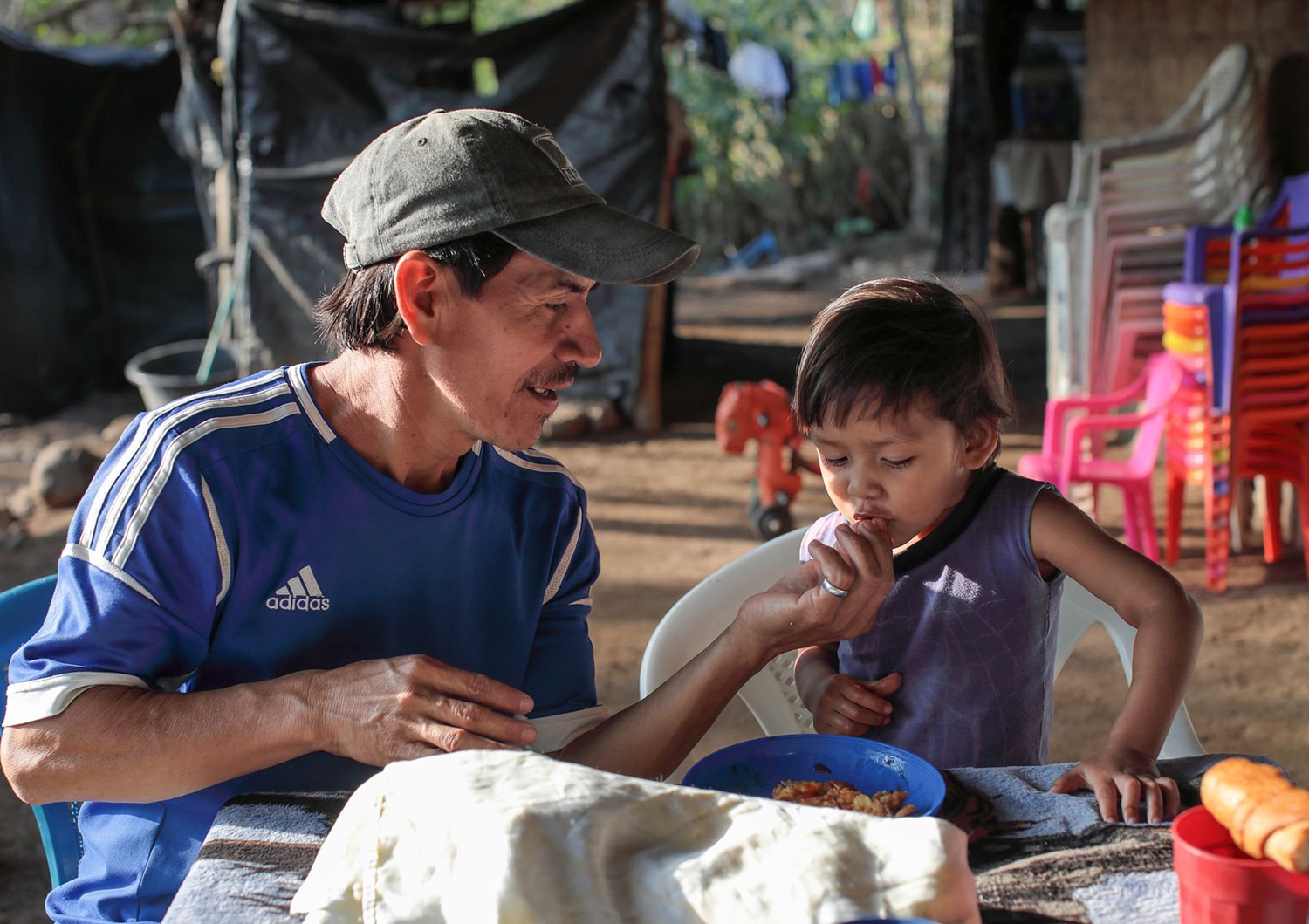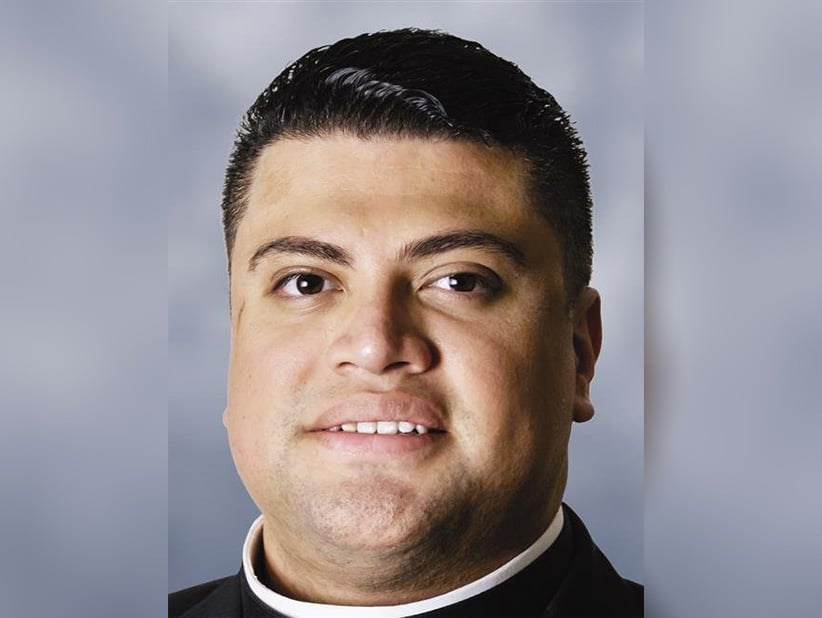(OSV News) — An annual Lenten collection taken up by Catholics across the U.S. provides “life-changing hope,” said Archbishop Nelson J. Pérez of Philadelphia, chair of the board of Catholic Relief Services.
The CRS Rice Bowl initiative, which combines prayer, fasting and almsgiving to help those in need both in the U.S. and abroad, is “a deeply meaningful opportunity for all of us to become the hands of Christ by helping those who face the global scourge of hunger, malnutrition, and food insecurity,” said the archbishop in a statement to OSV News.
Collection box is a Lenten mainstay
The iconic cardboard collection box has been a Lenten mainstay on dinner tables and in classrooms for almost 40 years, with donations totaling more than $330 million to date.
Last year, the Rice Bowl campaign realized just over $10 million, 75% of which (approximately $7.7 million) was directed to programs in one of the more than 120 countries in which CRS serves. The remaining 25%, some $2.5 million, funded hunger relief programs in the U.S through local dioceses, Beth Knobbe, CRS senior trainer for presentations and facilitation, told OSV News.
More than a fundraiser, Rice Bowl is “about communities across the United States investing in our brothers and sisters around the world,” Knobbe said.
This year, the Rice Bowl campaign — which includes numerous online resources for prayer and reflection — is highlighting families in El Salvador, Indonesia and Uganda who benefit from CRS assistance in their respective countries.

Connecting with communities
Through video interviews, photos and recipes from the families, Rice Bowl participants “not only … get a connection with (them) but learn about the ways in which CRS is helping to support these communities in the face of hunger and climate change,” Knobbe said.
That assistance is focused on “long-term solutions with communities,” she said.
In Akwangagwel, Uganda, farmers Adolf and his wife, Florence, are learning new farming methods from CRS workers to produce subsistence crops amid dry, hot conditions. The couple are sharing their knowledge with other community members.
Sandra Amaya of Morazán, El Salvador, is supplementing husband Santos’ farming income — reduced by both droughts and severe rains — by raising chickens thanks to a CRS training program.
On Flores Island in Indonesia, Evita Tiro Wada has joined a disaster preparedness group, helping to keep her community safe during cyclones and earthquakes, while also cultivating a shared garden.
In developing each Rice Bowl campaign, CRS organizers “try to think about … where are we seeing hunger at a critical point, but also where CRS is making some really innovative interventions, so that we can really help Catholic communities in the United States understand how our Church is responding to the hunger crisis around the world,” said Knobbe.
“Participation in CRS Rice Bowl is a tangible expression of Lenten sacrifice that nourishes the body and the soul,” said Archbishop Pérez.
He added that Rice Bowl also has taken on a deeper meaning during the National Eucharistic Revival, a three-year grassroots effort by the nation’s Catholic bishops to enkindle devotion to the real presence of Jesus Christ in the Eucharist.
“CRS Rice Bowl also provides us with a way to draw ever closer to Jesus by sharing His pure love with those who cannot help themselves,” said Archbishop Pérez.

Feeding the hungry
In fact, Rice Bowl has since its inception been deeply entwined with the Eucharist.
Msgr. Robert Coll began the collection in 1974 while pastor of St. Thomas More Parish in Allentown, Pennsylvania, inviting parishioners to eat smaller meals and donate the money saved to feed the hungry.
In nearby Philadelphia, Msgr. (later Cardinal) John P. Foley heard about the project and incorporated it into the planning of the 41st International Eucharistic Congress, which took place in 1976 in that city with the theme, “The Eucharist and the Hungers of the Human Family.”
Following meetings with Philadelphia Cardinal John J. Krol and CRS, Rice Bowl was officially launched nationwide, and by 1976, at least 118 U.S. dioceses had raised more than $5.1 million thanks to Msgr. Coll’s basic concept — which he had described in a 2021 interview as being “simple: I have food, my brother has no food, so I will give him some of my food.”
“We read in the catechism (section 1397) that the Eucharist commits us to the poor,” Knobbe said. “And it’s just such a natural outpouring of Rice Bowl that there’s this opportunity for people to take action in supporting our brothers and sisters around the world. When we receive Jesus in the Eucharist, we have that grace to become the hands and feet of Christ in the world. Rice Bowl makes that connection to the love and grace that we receive in the Eucharist, and how we take that with us and pour that grace out into our action of serving our sisters and brothers around the world.”







